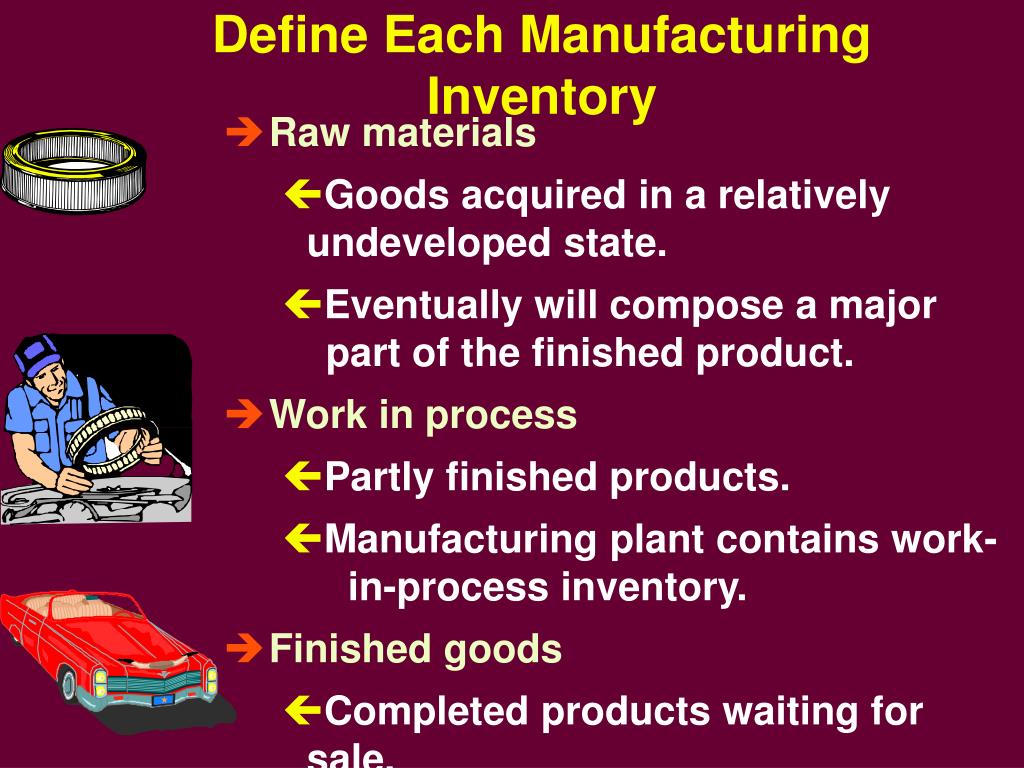

This step allows organizations to make sure their boundaries are aligned to internal objectives and quantifies emissions that are decision-useful for stakeholders. Organizational boundaries determine which entities and assets will be included in the scope 1 and scope 2 GHG emissions inventory.
#DATA INVENTORY DEFINITION HOW TO#
This page provides details on how to define boundaries for an organization’s GHG inventory. It is one of several resources EPA has developed as part of its Inventory Guidance for Low Emitters. It explains how organizations can approach measuring GHG emissions, instructions for using the GHG Calculator, and how to complete the Inventory Management Plan. It is intended for small businesses and low emitters, but the concepts are applicable to all organizations. This document provides an overview of the four steps to developing a GHG inventory. Simplified Guide to Greenhouse Gas Management for Organizations (pdf) (396.28 KB).
#DATA INVENTORY DEFINITION VERIFICATION#
Chapter 10: Verification of GHG Emissions.Chapter 5: Tracking Emissions Over Time.Chapter 4: Setting Operational Boundaries.Chapter 3: Setting Organizational Boundaries.Chapter 2: Business Goals and Inventory Design.Chapter 1: GHG Accounting and Reporting Principles.Determine organizational and operational boundaries.Review GHG accounting standards and methods for organizational reporting.GHG Inventory Development Resources Step 1: Get Started: Scope and Plan Inventory Set a GHG emission reduction target and track and report progress.īelow, you may access the chapters of the GHG Protocol Corporate Standard for more information about each of these steps, as well as EPA’s complementary guidance and resources.Develop a GHG Inventory Management Plan to formalize data collection procedures.Collect data and quantify GHG emissions.Start by reviewing accounting standards and methods, determining organizational and operational boundaries, and choosing a base year.The GHG inventory development process consists of four key steps (see infographic): As a resource center for GHG measurement and management, EPA’s Center for Corporate Climate Leadership has developed GHG inventory resources to complement the GHG Protocol Corporate Standard that provide specific guidance on GHG calculation methodologies and emission factors. Organizations are encouraged to consult the GHG Protocol Corporate Standard for foundational guidance on GHG accounting principles, defining inventory boundaries, identifying GHG emission sources, defining and adjusting an inventory base year, and tracking emissions over time. The Center for Corporate Climate Leadership’s GHG inventory guidance is aligned with The Greenhouse Gas Protocol: A Corporate Accounting and Reporting Standard (GHG Protocol Corporate Standard) developed by the World Resources Institute (WRI) and the World Business Council for Sustainable Development (WBCSD), which is the global standard for calculating corporate GHG emissions. Achieving recognition for early voluntary action.


A greenhouse gas (GHG) inventory is a list of emission sources and the associated emissions quantified using standardized methods.


 0 kommentar(er)
0 kommentar(er)
